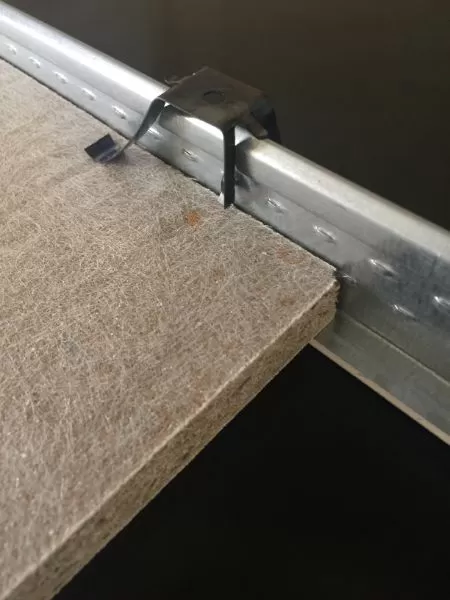Are you planning to work on projects in spaces with lofty ceilings? Whether it’s painting, maintenance, or construction, accessing high ceilings safely and efficiently requires the right equipment. In this comprehensive guide, we’ll explore everything you need to know about scaffolding for high ceilings, including safety considerations, types of scaffolding, and practical usage tips.

Understanding Scaffolding for High Ceilings
What Is Scaffolding?
Scaffolding is a temporary structure used to support workers and materials during construction, maintenance, or repair tasks. It provides a stable platform for working at heights, ensuring safety and productivity.
Scaffolding for High Ceilings
When working in spaces with high ceilings, standard scaffolding may not suffice. Specialized scaffolding designed for high ceilings offers additional height and stability to accommodate the unique requirements of such environments.
Safety Considerations
1. Stability
- Ensure that the scaffolding structure is stable and securely anchored to the ground or floor.
- Regularly inspect the scaffolding components for signs of damage or wear and tear.
2. Fall Protection
- Install guardrails, toe boards, and safety nets to prevent falls from elevated platforms.
- Provide workers with personal protective equipment, including harnesses and lanyards.
3. Weight Capacity
- Adhere to the manufacturer’s weight capacity specifications for the scaffolding system.
- Avoid overloading the scaffolding with excessive materials or equipment.
Types of Scaffolding for High Ceilings
1. Suspended Scaffolding
- Suspended scaffolding hangs from the ceiling using ropes or chains, providing access to elevated areas with minimal obstruction.
- It is ideal for tasks such as painting, maintenance, or window cleaning in high-ceilinged spaces.
2. Mobile Scaffolding Towers
- Mobile scaffolding towers feature wheels or casters, allowing for easy movement and positioning within a workspace.
- They offer flexibility and accessibility for various tasks, including installation, repairs, or renovations in high-ceilinged areas.
3. Cantilever Scaffolding
- Cantilever scaffolding extends horizontally from a supporting structure, providing access to areas beyond obstacles or obstructions.
- It is commonly used in industrial settings with high ceilings, such as warehouses or manufacturing facilities.
Practical Usage Tips for Scaffolding in High Ceilings
1. Proper Assembly
- Follow the manufacturer’s instructions carefully when assembling the scaffolding system.
- Ensure that all components are securely connected and in good condition before use.
2. Regular Inspections
- Conduct routine inspections of the scaffolding for any signs of damage, instability, or malfunction.
- Address any issues promptly and refrain from using damaged scaffolding.
Read too: Discovering the Charm of Nautical Outdoor Ceiling Fans for Your Coastal Retreat: Sail into Style
3. Training and Supervision
- Provide workers with comprehensive training on scaffold usage, safety procedures, and fall prevention measures.
- Assign a competent person to supervise scaffold erection, usage, and dismantling processes.
Conclusion
Scaffolding for high ceilings plays a crucial role in enabling safe and efficient work at elevated heights. By understanding the safety considerations, types, and practical usage tips outlined in this guide, you can ensure the successful completion of projects in spaces with lofty ceilings while prioritizing worker safety.
